Quick disconnect fittings are used for rapid and easy connection and separation of lines of fluid or air. Some manufacturers say these fittings are sometimes known as quick connections or rapid-release couplings. They are used to swap out fitting connections that need tools to put together and take apart. The two pieces of the fitting are automatically locked together when pressed together thanks to a spring-loaded ball latching mechanism built into them. Then, the sleeve is pulled back to disengage the connection, and the balls are unloaded. The benefit of a rapid disconnect is that one may complete the act quickly and manually. Read More…
Triumph designs, engineers, manufactures, repairs and overhauls a broad portfolio of aerostructures, aircraft components, accessories, subassemblies and systems. We have developed an exclusive line of Hydraulic Quick Disconnect Couplings, which are standard equipment with virtually every major commercial airline and airframe manufacturer in the free world.
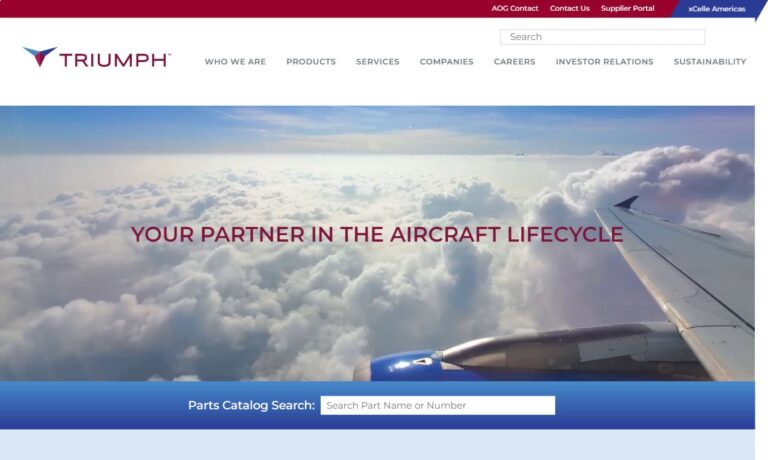
Kent Rubber Supply has been a trusted supplier of industrial couplings and fittings since 1946. Offering all of the connections that you need for your industrial fitting, securement, accessories, and industrial coupling needs. Using our up-to-date assembly process, we can confidently supply all your coupling and fitting solutions.
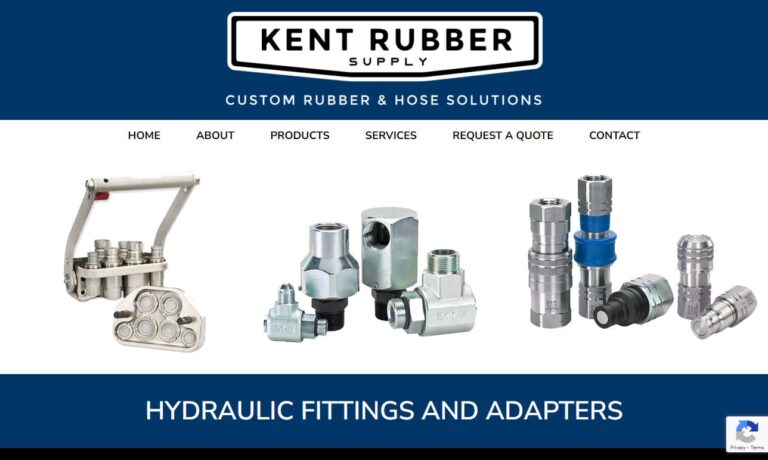
When it comes to quick release couplings we are your experts! Since our establishment we have provided products and services to a global market. Our skilled engineers will work with you from design to delivery to ensure that you are receiving a product that will fit your exact specifications. To learn more about what we may be able to do for you; get in touch with us on the web or by telephone...
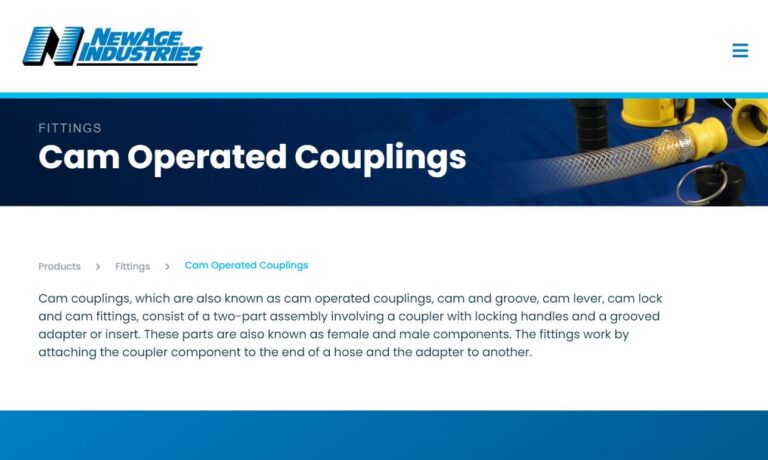
Nudraulix manufactures a full line of quick disconnect couplings, quick connect couplings and hydraulic couplings for air, water and steam from 1/8"-2" sizes. For over 40 years, we have been providing products to numerous industries such as shipping, machinery and fluid delivery systems, as well as oil and natural gas utilities. Contact us today and make us your number one source!
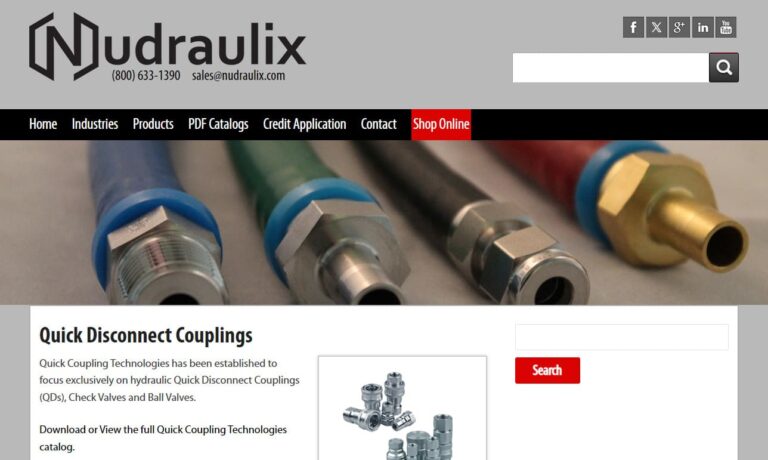
Established in 1985, we have been providing our customers with quick release couplings that provide a lasting value. Our products use the latest technology to ensure a product that will maximize productivity and efficiency for your company! There is no job too large or too small for us to handle! To learn more about how we may be able to benefit you; get in touch with our customer service...
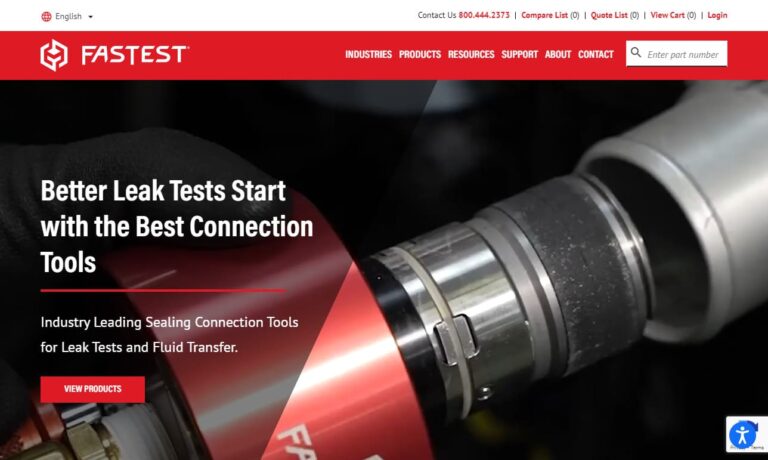
More Quick Disconnect Fitting Manufacturers
When a coupling is clamp attached, they typically have a one-way sleeve to allow break-away with a tool. Two-way sleeves enable one-handed detachment. Twisting and pulling the two ends of two-way designs causes the connection to break.
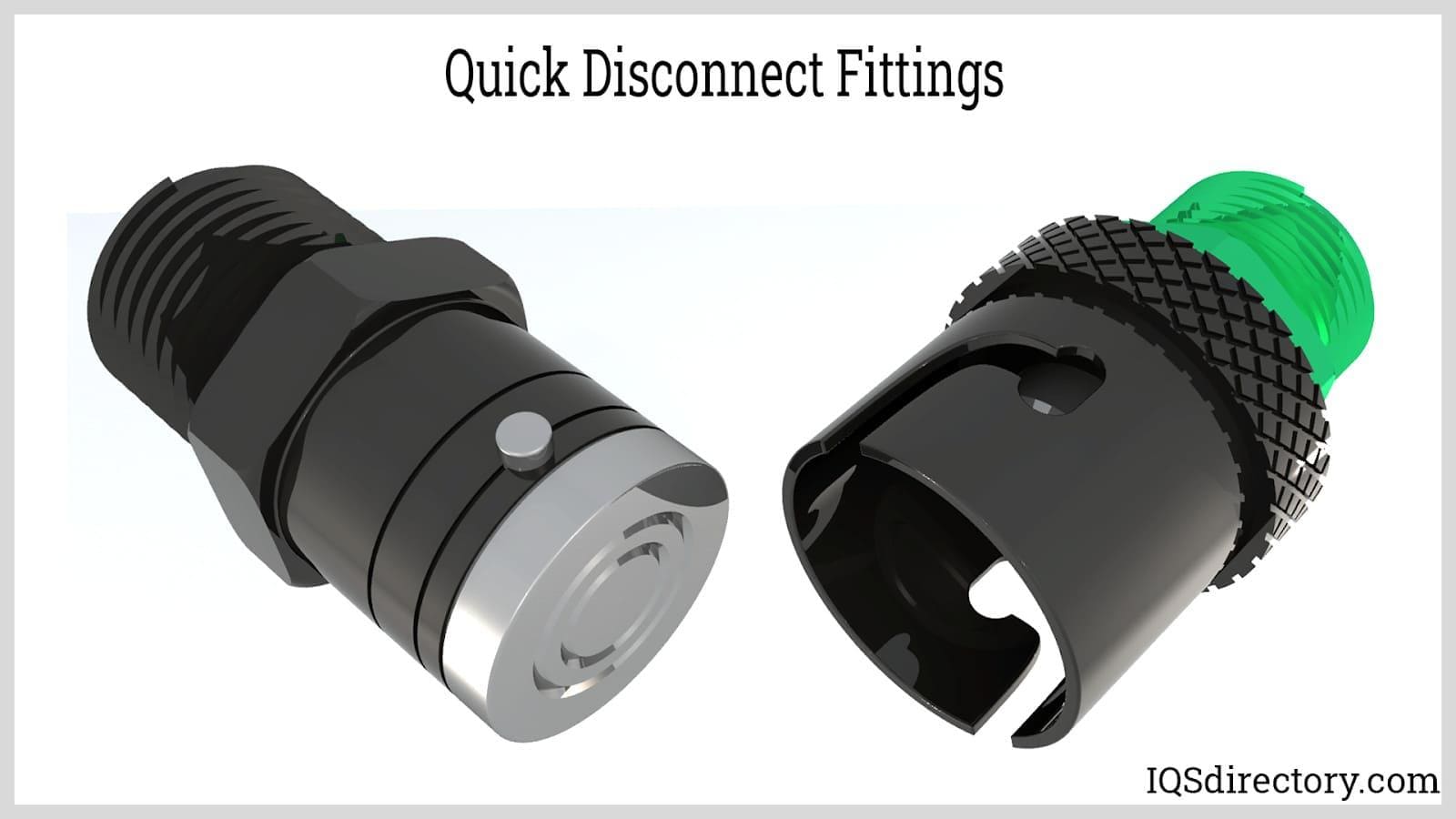
The Design of a Quick-Disconnect Fitting
In contrast to a quick-disconnect or quick-release fitting, a quick-connect fitting offers a permanent seal to the tubing, making it far more difficult to remove. A quick-release fitting would meet the demands when tubing is frequently needed to be disconnected from other tubing or filtration equipment. The coupling body and the insert are two distinct parts that make them work. The insert snaps into the coupling body to create a watertight seal. Press the latch and pull them apart to release the fitting.
How should a Quick-Disconnect Fitting be Connected and Disconnected?
Depending on how the water treatment system is set up, manufacturers produce quick-release fittings for various setups. For instance, a copper tubing arrangement would require a typical compression fitting. Using a compression nut, a user would join a plastic compression fitting with plastic tubing. Ensure to leave enough space to complete the connection once the components are fastened to the tubing, copper pipe, or manifold.
If the quick-disconnect fitting has a valve, one must start the water flowing once they connect it. Users with a non-valve fitting won't need to worry about opening or closing the valve because the water will flow freely. Push the insert into the coupling body and then push the fittings together until they snap. Next, push the clasp to release it, and then pull it to separate the fittings.
Various Quick Disconnect Fittings
The fastest disconnect fittings producers typically create snap-type (ball-latching), bayonet, threaded, and non-latching fittings. Numerous variations of these types, including single- and double-shutoff, non-shutoff, and dry break arrangements, are also offered.
Snap-Type
The most popular kind of quick connects are those that snap (also called ball-latching). When the two halves are pressed together, a spring-loaded ball-latching mechanism in the device mechanically secures the two halves together. The internal and external ends instantly detach when the release sleeve is pulled back. This quick-release capability is advantageous in applications requiring frequent connections and disconnects because it is straightforward. Users can use one hand to detach these QDs as well. They typically work with pressures in the range of hundreds of pascals.
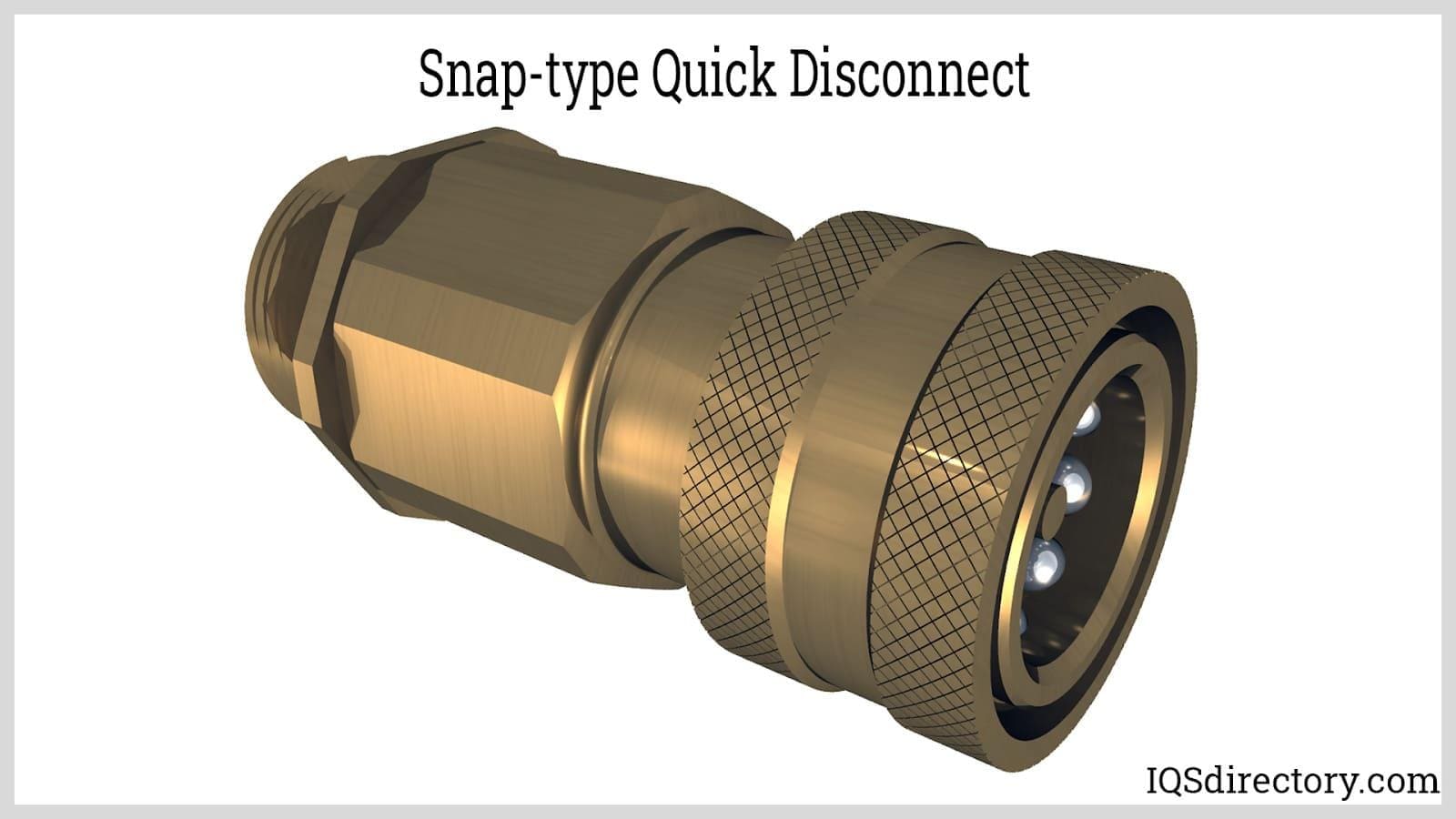
Non-Latching
When the coupling may need to be replaced frequently, such as when pneumatic couplings are utilized in a test or medical applications, non-latching designs are preferred. This choice is because the self-sealing valve that typically comes with them will keep the fluid in the line to stop any leaks after disconnection. Nevertheless, there are also no-shutoff and single-shutoff variations available. In addition, numerous companies produce numerous varieties of non-latching QDs.
Single End Shutoff
A valve in the inside half of the assembly is present in single shutoff QDs to stop fluid leakage. This design is helpful if the users need to fill a chamber or release pressure from a portable device before cutting the fill line. Users with single shutoff connectors are advised to use eye protection during these procedures due to the risk of harm from electrified fluid or exposure to the fluid.
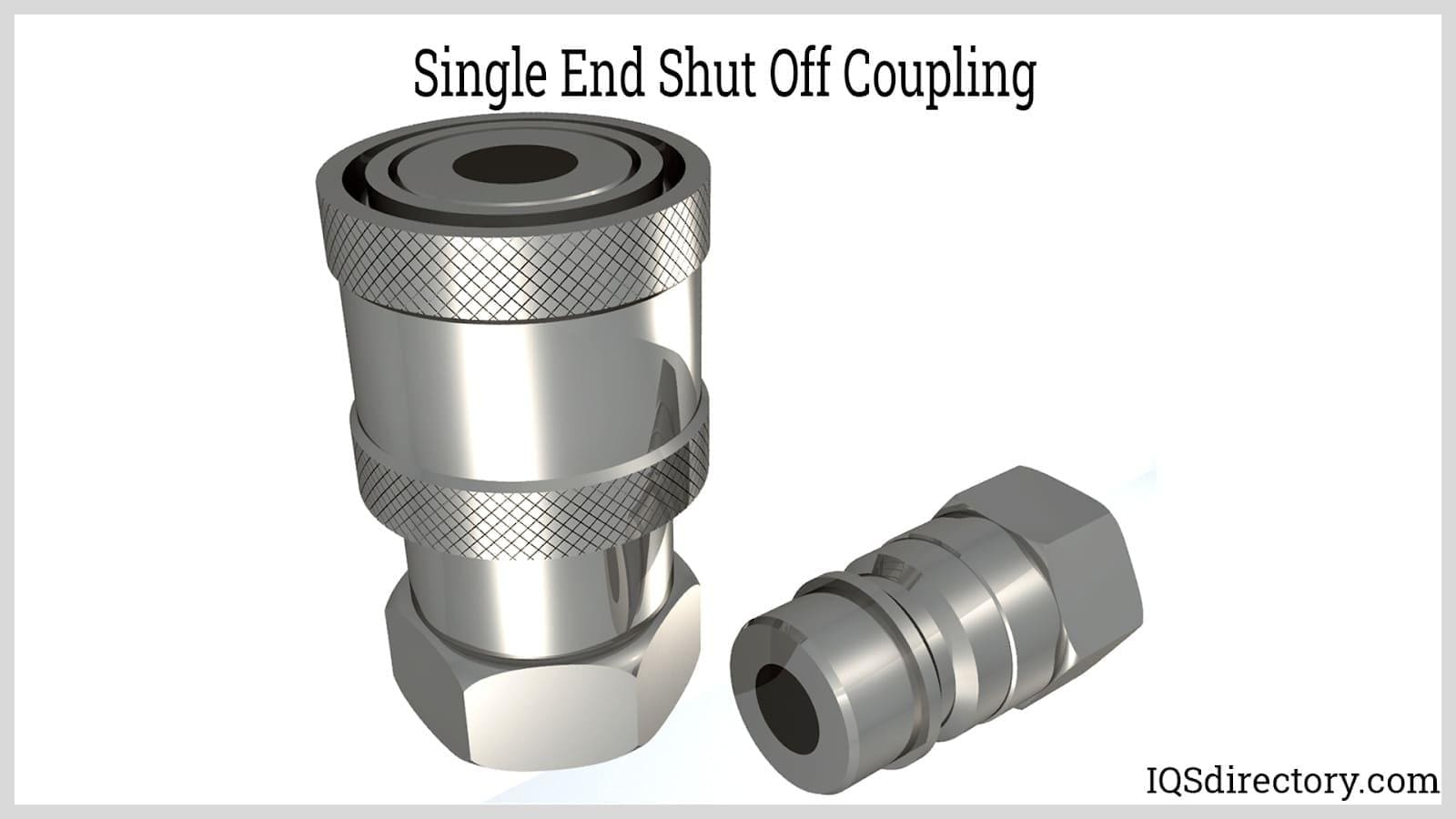
Double End Shutoff
Double shutoff QDs maintain pressure in both fluid lines when an assembly is joined or disengaged, thanks to shut off valves on both their internal and external ends. When handling pricey or dangerous fluids, they are perfect for reducing leaks. Even though they have shutoff valves on both ends, some fluid may still leak out if the lines are under pressure during connecting or disconnecting, especially from the shallow end.
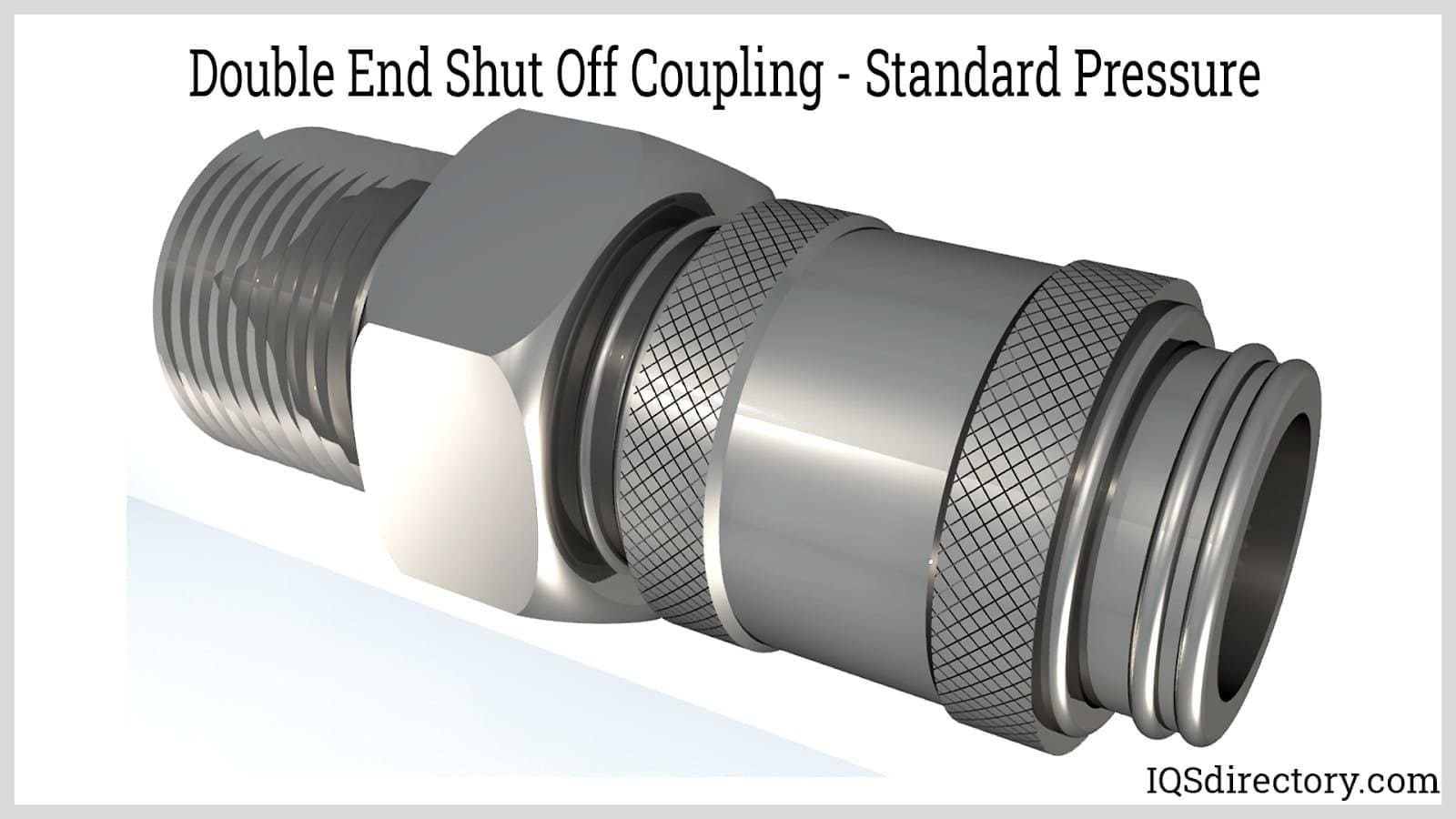
Bayonet Connections
Connecting bayonet couplings is straightforward. After connecting the two ends, the user turns the gadgets a quarter turn to insert the male end into the female socket. They can be quickly disengaged and separated by giving them a quarter turn in the other direction. They are more frequently employed in pneumatic applications, even though they are used in high-pressure hydraulics.
Flat Face
Flat face designs solve the issues of trapped pressure in a line and hydraulic fluid or air leaking by removing the space where the fluid or air sits. They come in both threaded screw-in and push-to-connect varieties. Flat-face couplings provide high flow and minimal pressure drop, and their sleeve-locking feature decreases the chance of an unintentional connection.
Quick-Disconnect Fittings Have a Pressure Limit
Companies typically assess quick-disconnect fittings for operation at specific pressures and temperatures. The temperature may affect the pressure the fitting can withstand depending on the heat of the liquid being fed through the system. That has less to do with the fitting itself and more with the tube connection it creates. For instance, some manufacturers utilize a barb connection, less pressure-resistant than a threaded connection. Therefore, it's critical to comprehend the nature of the intended application and determine whether the chosen connection type is appropriate.
Choosing the Proper Quick Disconnect Fitting Supplier
To make sure you have the most beneficial outcome when purchasing quick disconnect fittings from a quick disconnect fitting supplier, it is important to compare at least 5 companies using our list of quick disconnect fitting suppliers. Each quick disconnect fitting supplier has a business profile page that highlights their areas of experience and capabilities and a contact form to directly communicate with the supplier for more information or request a quote. Review each quick disconnect fitting business website using our patented website previewer to get an idea of what each business specializes in, and then use our simple RFQ form to contact multiple quick disconnect fitting businesses with the same message.

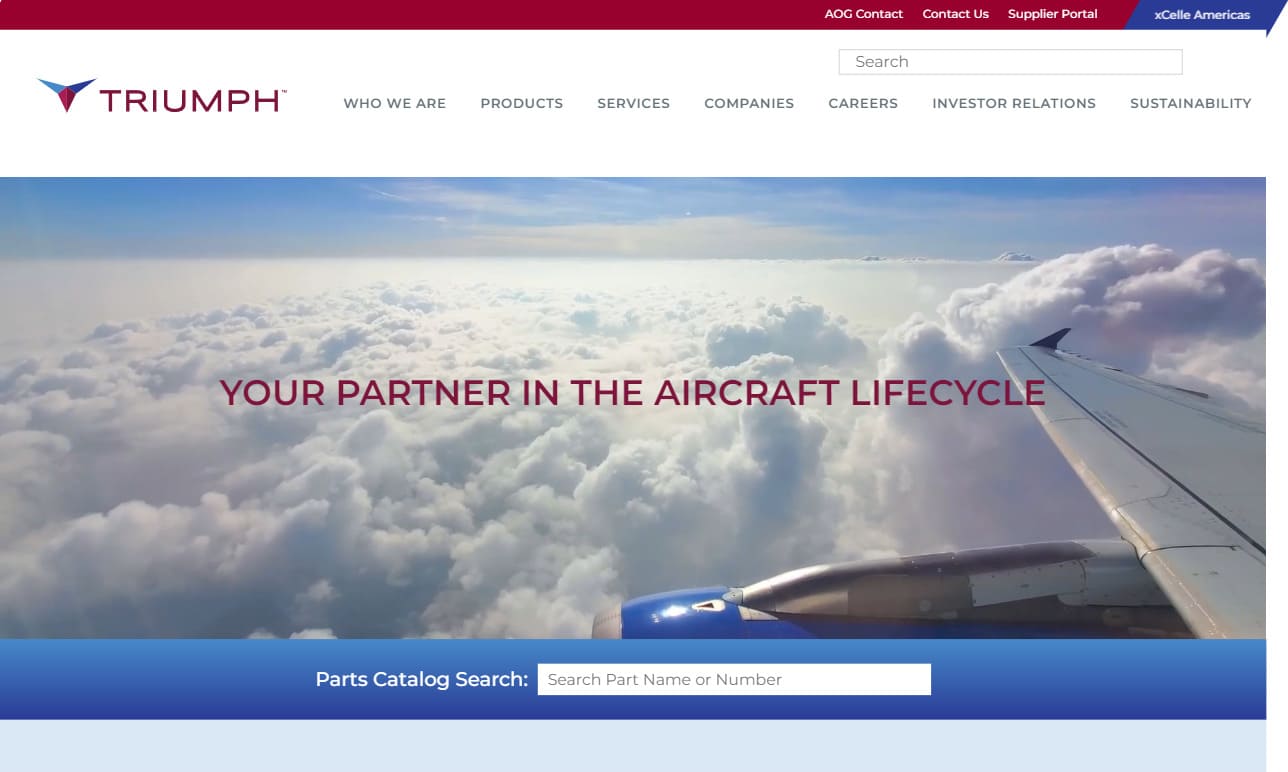
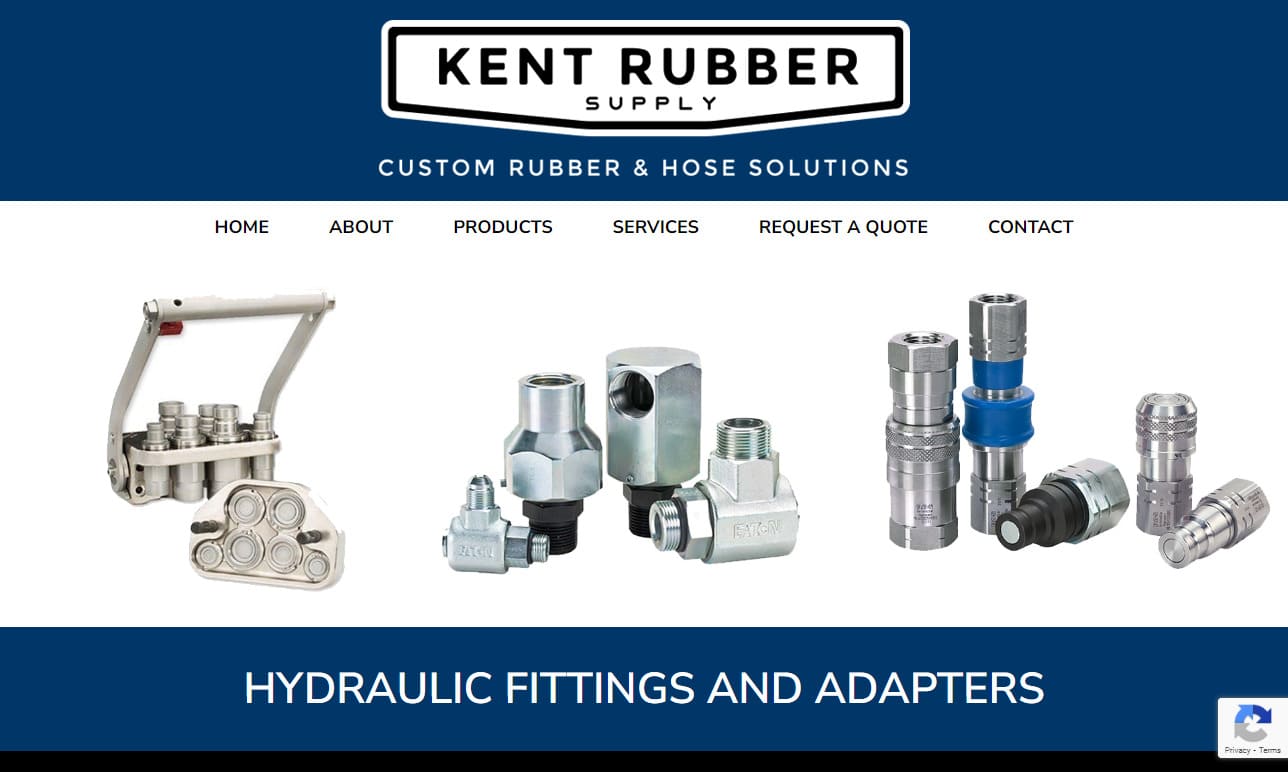

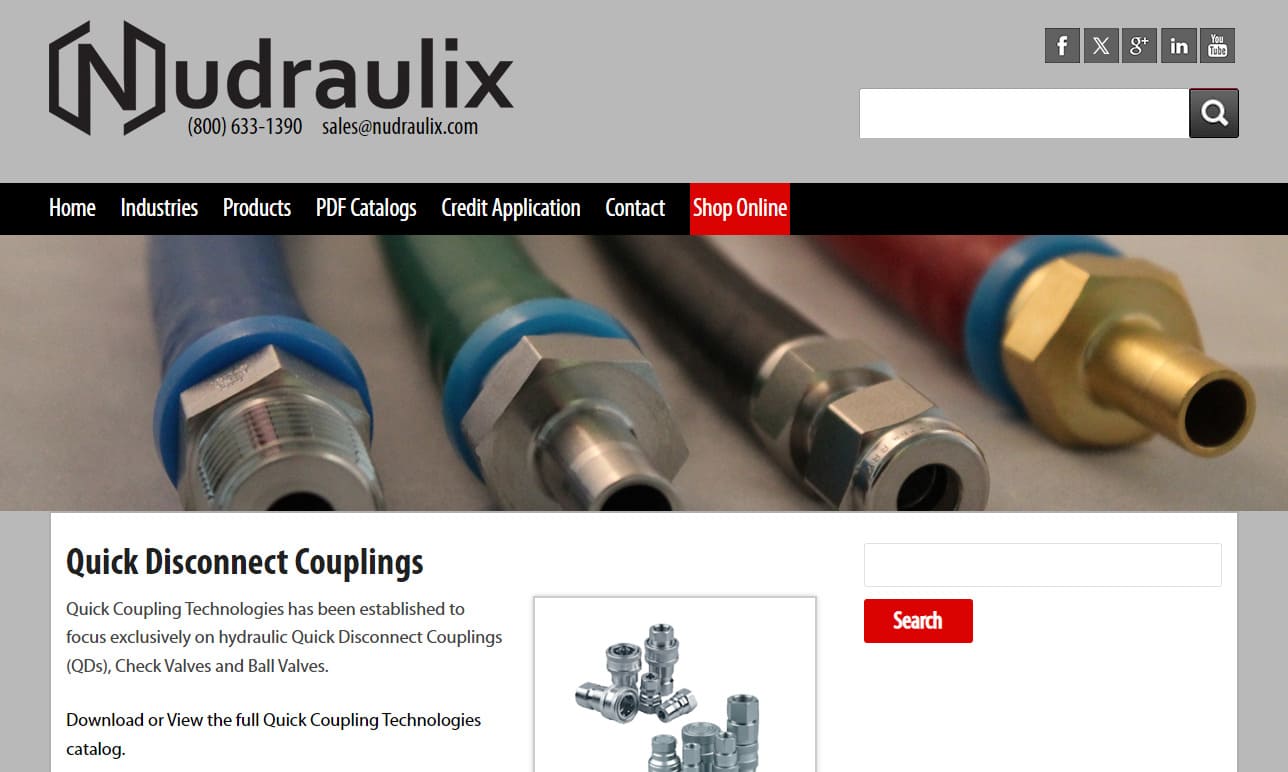
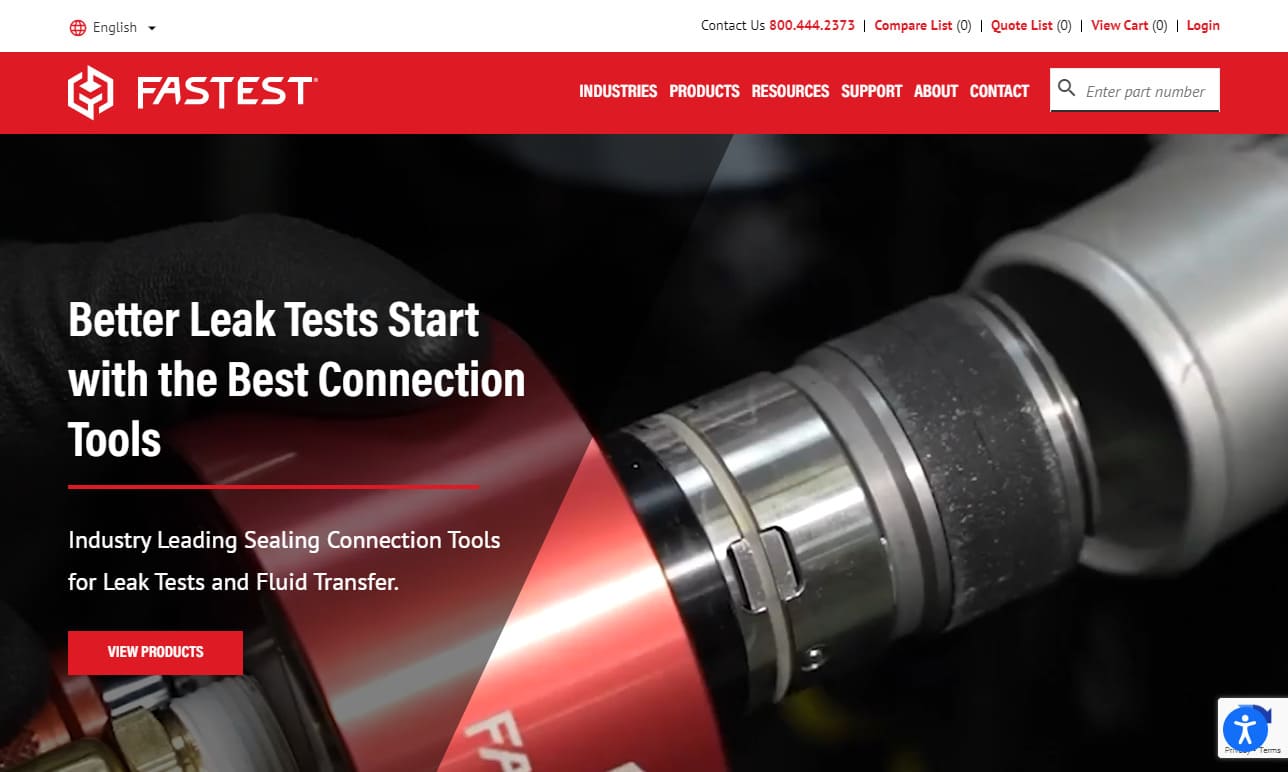
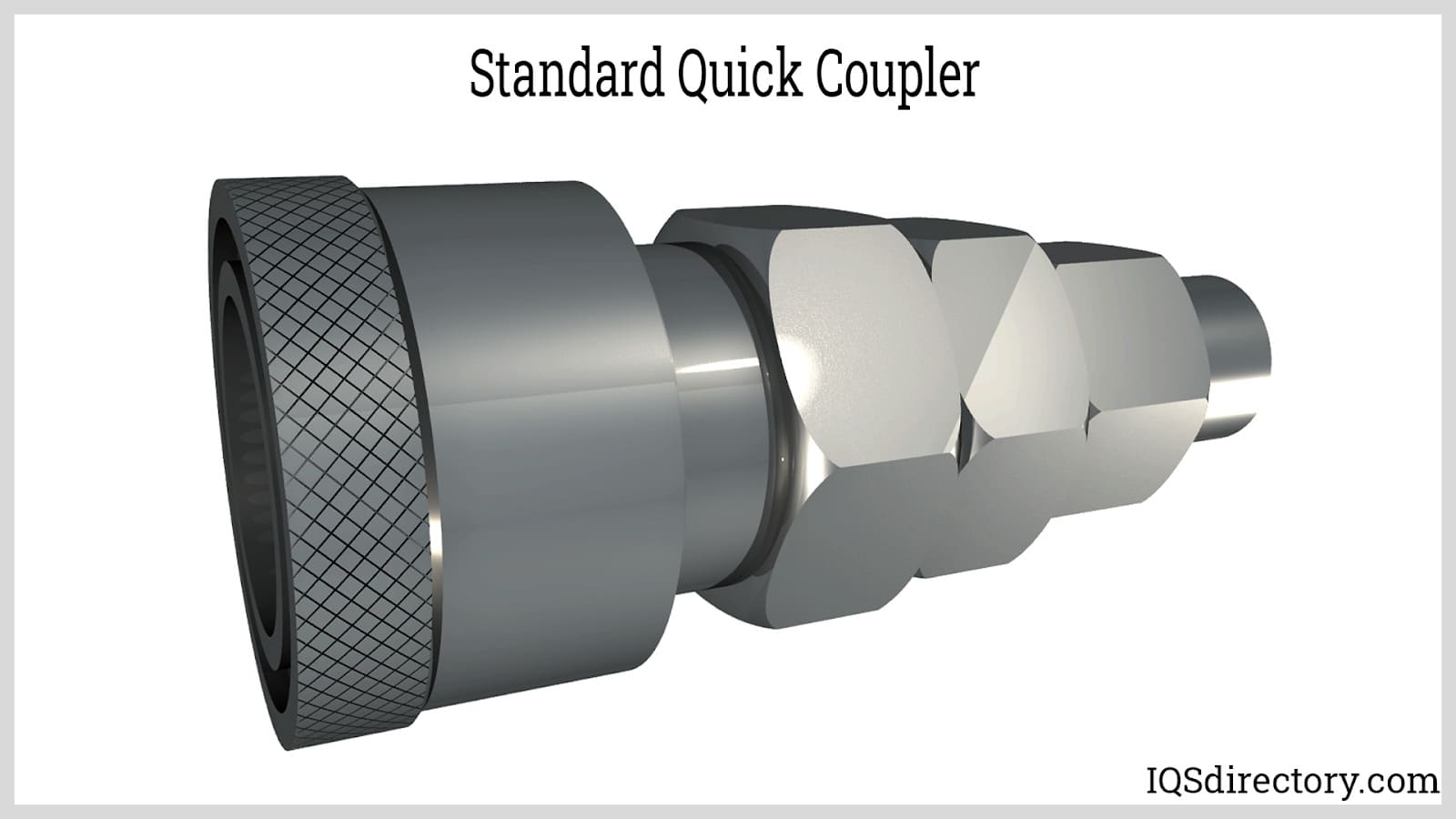
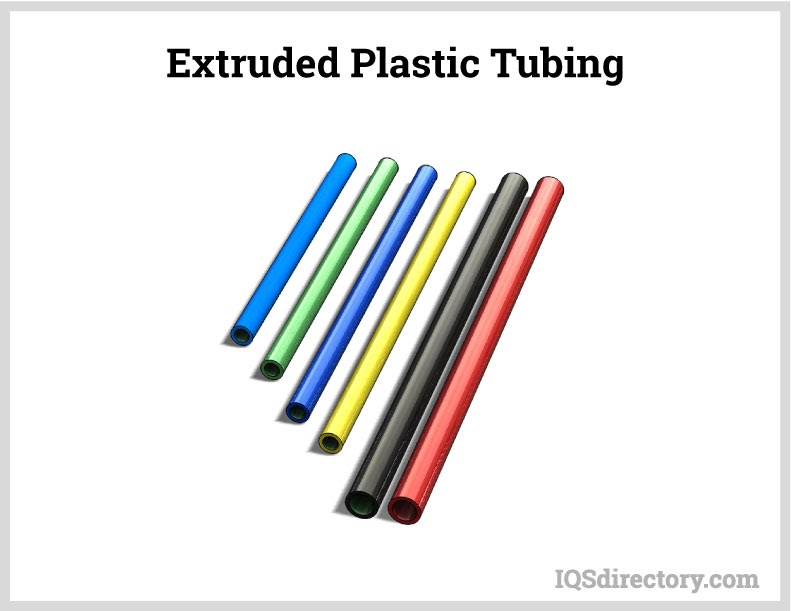
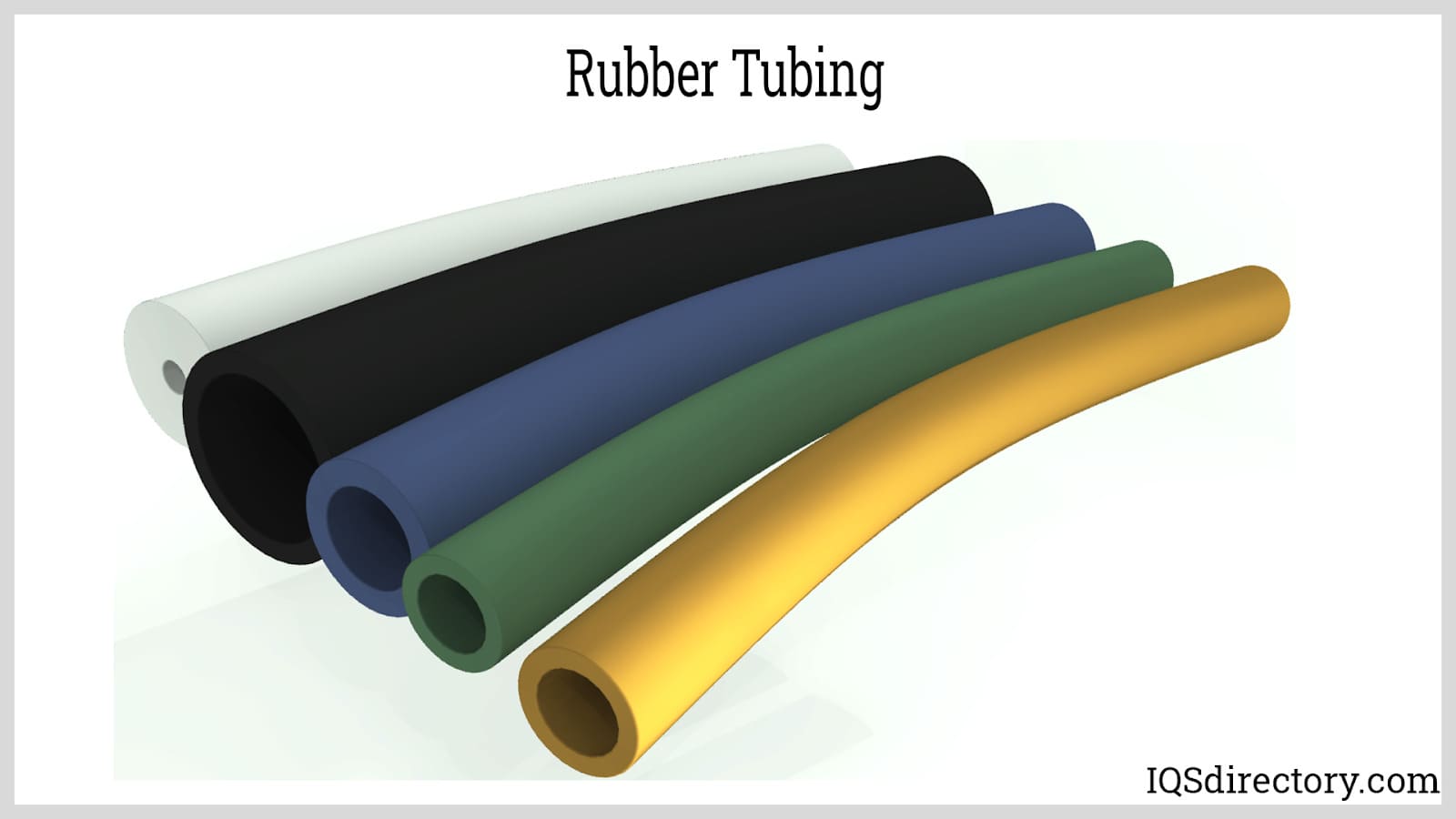
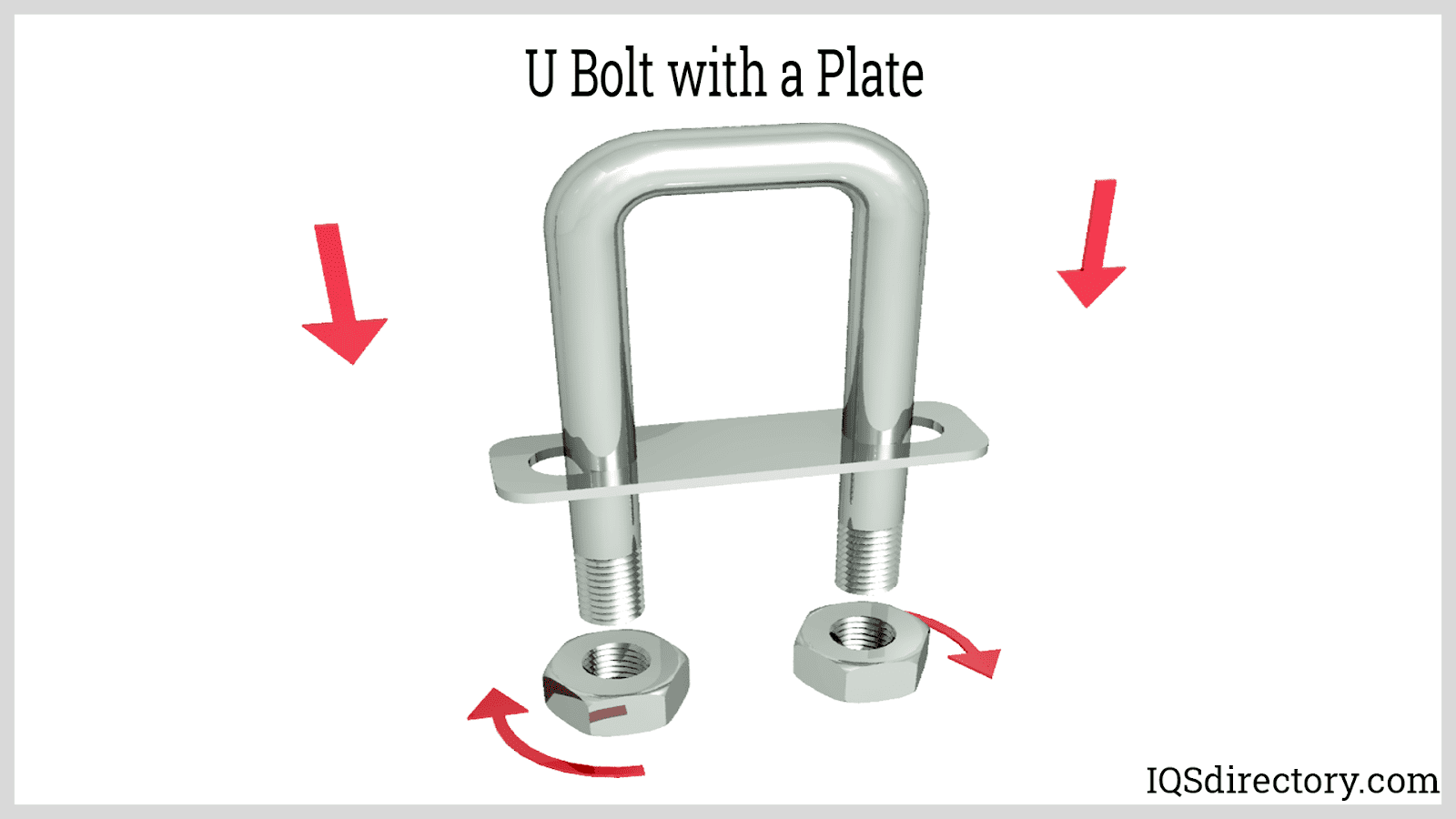
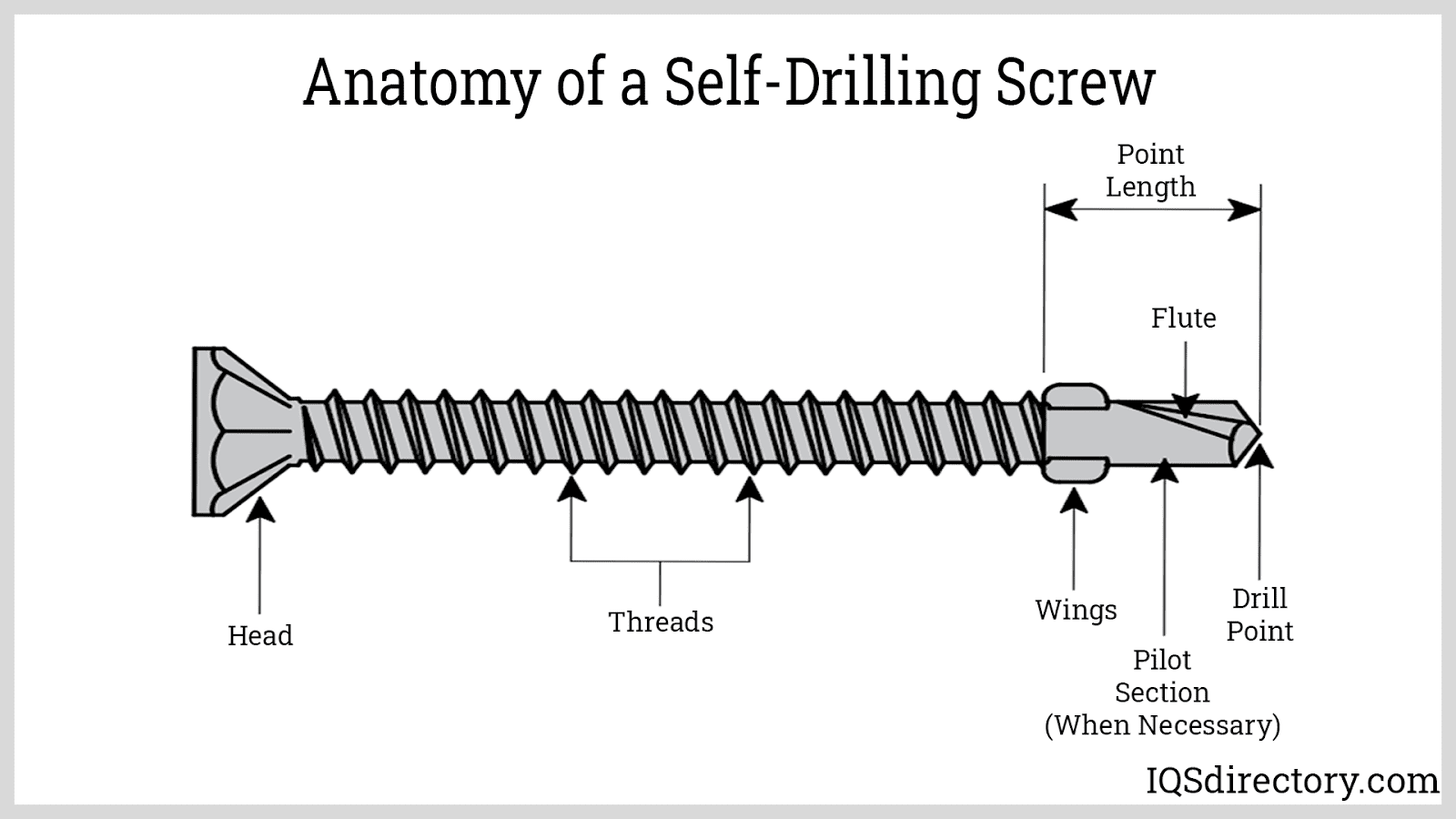
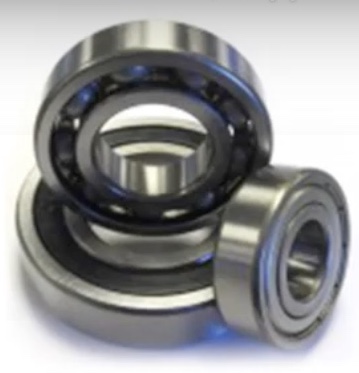 Ball Bearings
Ball Bearings Ball Screws
Ball Screws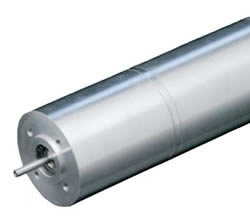 Electric Motors
Electric Motors Friction Materials
Friction Materials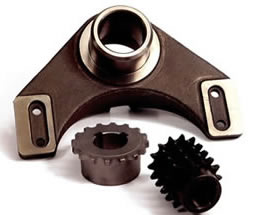 Gears
Gears Quick Release Couplings
Quick Release Couplings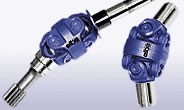 Shaft Couplings
Shaft Couplings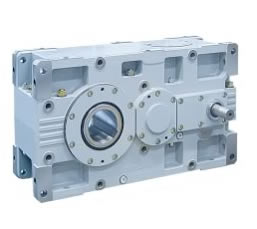 Speed Reducers
Speed Reducers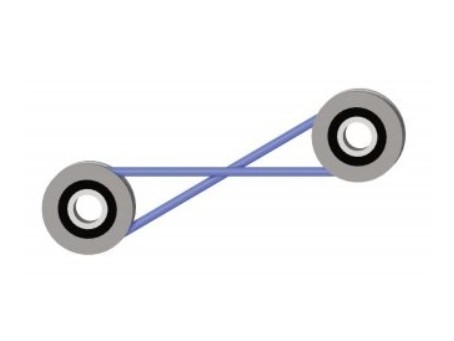 Timing Belting
Timing Belting Castings & Forgings
Castings & Forgings Bulk Material Handling
Bulk Material Handling Electrical & Electronic Components
Electrical & Electronic Components Flow Instrumentation
Flow Instrumentation Hardware
Hardware Material Handling Equipment
Material Handling Equipment Metal Cutting Services
Metal Cutting Services Metal Forming Services
Metal Forming Services Metal Suppliers
Metal Suppliers Motion Control Products
Motion Control Products Plant & Facility Equipment
Plant & Facility Equipment Plant & Facility Supplies
Plant & Facility Supplies Plastic Molding Processes
Plastic Molding Processes Pumps & Valves
Pumps & Valves Recycling Equipment
Recycling Equipment Rubber Products & Services
Rubber Products & Services